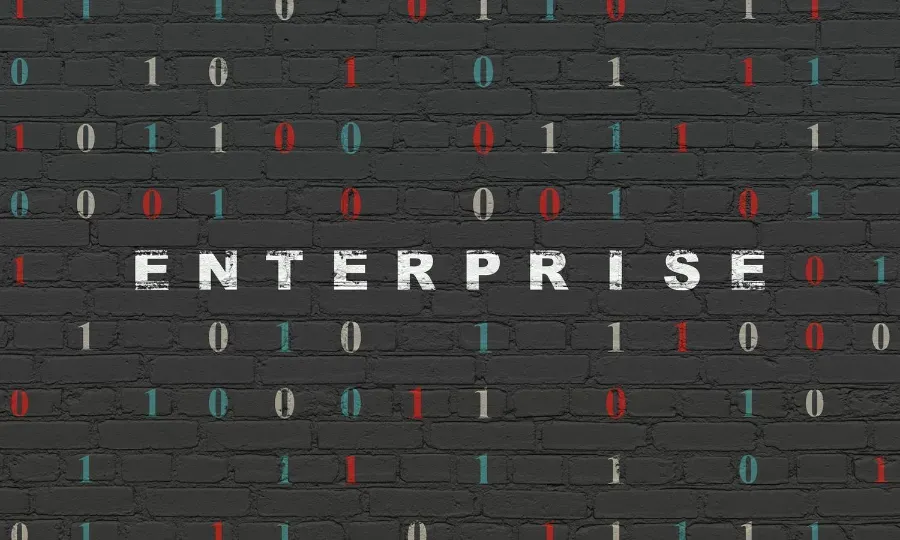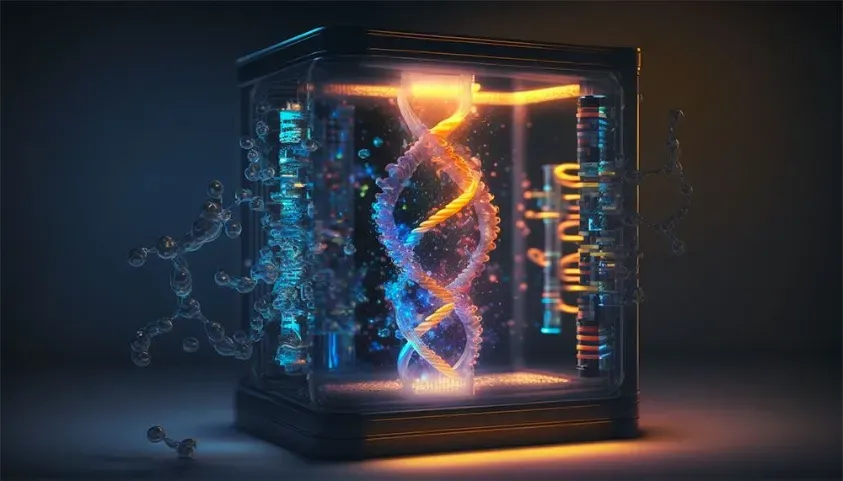Sears Became a Real-Time Digital Enterprise Due to Big Data

Sears is a large retailer from the US that is a true Big Data pioneer for quite some years already. They have learned, made mistakes and achieved success by hands-on effort. It currently operates a very large enterprise deployment of Hadoop.
Sears was founded in 1893 and started as a shipping and mail order company. In 2005 it was acquired by Kmart, but continued to be operating under its own brand. In 2013 they had 798 stores and had revenue of over $ 21 billion. They are the fourth largest department store in the US and they offer millions of products across their stores. They have data of over 100 million customers, which they analyse to offer real-time, relevant offers to their customers. They are deep into Big Data and combine massive amounts of data to become a real-time digital enterprise.
Sears was ahead of its time, and its competitors, regarding Big Data. Already in 2010 they had a 10-nodes Hadoop cluster, which Walmart only reached in 2012. These days, Sears has a Hadoop cluster of 300-nodes that is populated with over 2 petabytes of structure customer transaction data, sales data and supply chain data. They used to have data in silos in many locations, but now their objective is to get all data in one place in order to achieve a single point of truth about the customer. But that’s not all; Sears applies Big Data also to combat fraud, track the effectiveness of marketing campaigns, optimize (personal) pricing, the supply chain as well as promotional campaigns.
Personalized Pricing
Sears combines and mixes vast amounts of data to help set (personal) prices in near real-time. Data from product information, local economic conditions, competitor prices etc. are combined and analysed using a price elasticity algorithm, which enables Sears to find the best price for the right product at the right moment in time and location via customized coupons. These coupons are given to loyal shoppers and are also used to move inventory if necessary. Just a few years ago this would have been still a dream scenario, as it used to take Sears up to 8 weeks to find the best price due to legacy systems, but nowadays this can be done almost in real-time.
In the past years, Sears went from nation wide pricing strategies to regional and now also personal pricing. The coupons that customers receive are based on where the customers live, the amount of products that are available as well as the products that need to go and which products Sears believes the customer will like and consequently will buy.
Shop Your Way Rewards loyalty program
In 2011, Sears launched a new loyalty program called the Shop your Way Rewards loyalty program. Also this program runs on Hadoop and that enables them to make use of 100% of the data that is collected. This results in better-targeted customers for certain online and mobile scenarios.
They key for Sears is to maximize multi-channel customer engagement through the loyalty program. Customers are providing their personal data in return for relevant interaction with that customer through the right channel, according to Dr. Phil Shelley, CTO at Sears Holdings Corporations, in an interview on Forbes.
Sears’ Big Data platform
In the past, Sears used all different kinds of tools on the data that was across the organisation in silos. These legacy systems prevented Sears from offering the right product at the right moment for the right price. Sears started by experimenting and innovating with Big Data, exactly as companies should when starting with Big Data. They began with a Hadoop cluster running on a net book computer and from there on they started experimenting. They have learned the hard way, through trial and error, among others due to the few outside Big Data experts they had that could guide them with the platform. They have managed to build a large centralized platform where all data is stored. The platform uses a variety of (open-source) tools such as Hive, Pig, Hbase, Solr, Lucene and MapReduce. This offers them all possibilities to have personalized interactions with the customer as well as use their data for different applications across the company.
Source: Sears
Datameer, a data exploration tool that enables visualization directly on top of Hadoop, for their ad-hoc queries, without the need for IT to be involved. Previously these jobs required ETL jobs that could take up to a few weeks. At the moment, Sears only gives their users access to Hadoop data via Datameer.
Sears started using Big Data because of declined sales, while major competitors such as Amazon kept growing. In the past years they have managed to move rapidly into the Big Data era and are turning their company into a real-time digital enterprise. A great achievement for a company that is over a century old.






